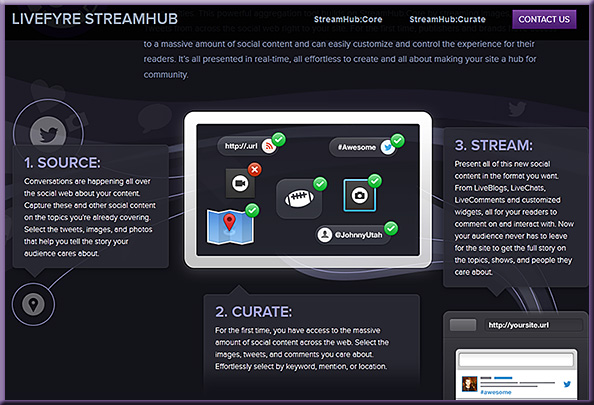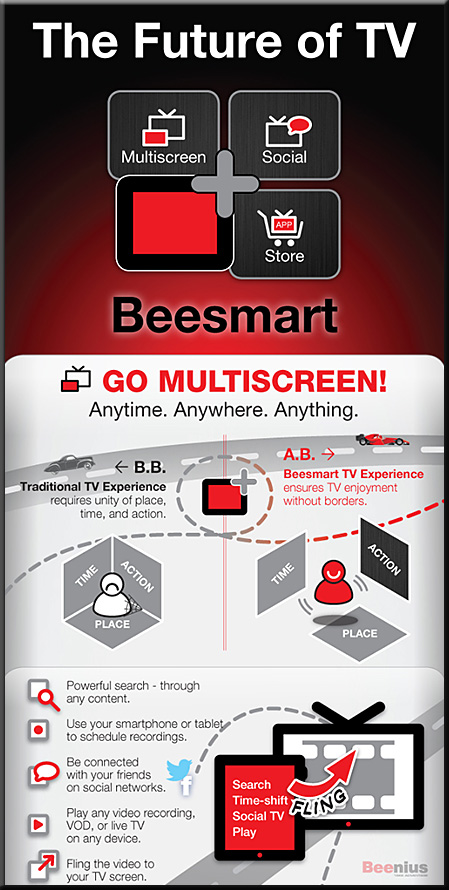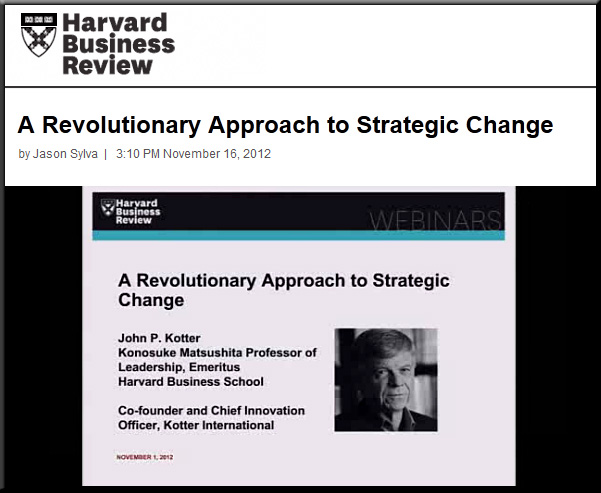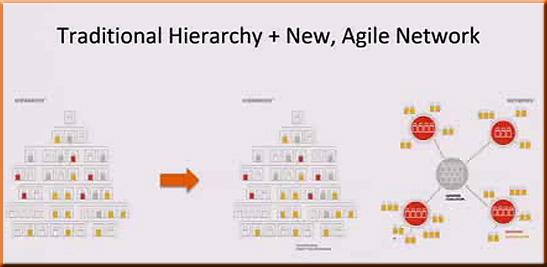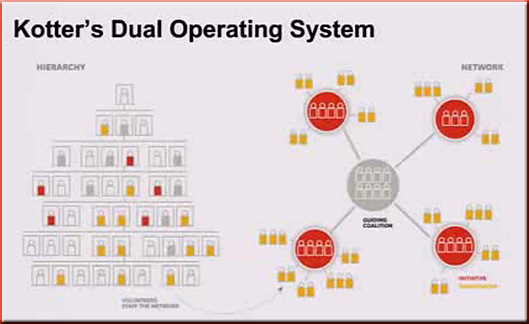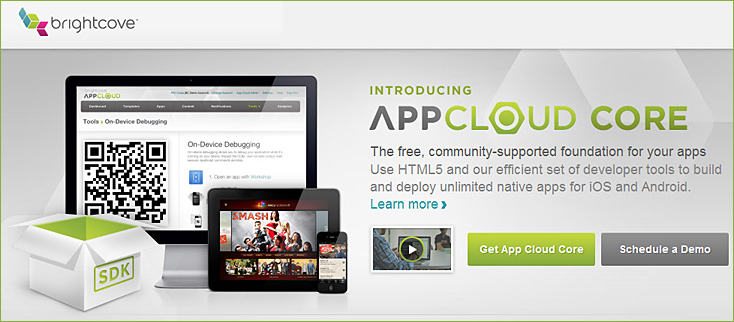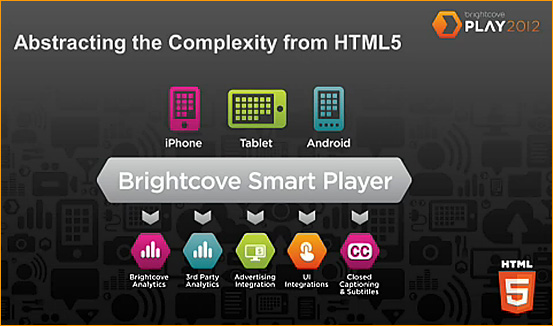How long before we have an OVEE for communities of practice?
How long before we have an OVEE for communities of practice?
IBM CEO predicts three ways technology will transform the future of business — from forbes.com by Jenna Goudreau

Virginia Rometty
- Data analytics will revolutionize decision-making
- The social network will drive value
- Consumer segments will cede to the individual
.
“The greatest contribution of this shift,” Rometty concluded,
“is that it will force every entity to become an authentic organization.”
The Connected Workspace — infographic from jess3.com
From DSC:
Again I’m struck with the amount of informal learning going on here and that people need to build their own learning ecosystems.
.
Also see:
Developing a MOOC-inspired course — from the User Generated Education blog by Jackie Gerstein
Excerpt:
During Fall, 2012, I developed and taught a graduate course entitled, Social Networked Learning, for the Boise State University’s Educational Technology Program. Most of the students were in-service K-12 educators. I provided an overview of the learning activities for this course in two previous blog posts.
Sample student projects from this course can be viewed at http://learni.st/users/jackiegerstein/boards/4710-social-networked-learning.
This was a new course in educational technology. As is true for many of us using educational technology in the classroom, we are experimenting with how technology can enhance the learning experiences of our students. Sometimes we have failures, often times we have successes.
Also see Jackie’s posting:
Driven to distraction: How to help wired students learn to focus — from eschoolnews.com by Larry Rosen
Excerpt:
A recent Pew Internet & American Life Project report surveyed 2,462 middle and high school Advanced Placement and national writing project teachers and concluded that: “Overwhelming majorities agree with the assertions that today’s digital technologies are creating an easily distracted generation with short attention spans, and today’s students are too ‘plugged in’ and need more time away from their digital technologies.”
Two-thirds of the respondents agree with the notion that today’s digital technologies do more to distract students than to help them academically.
Mind you, we are talking about teachers who typically teach the best and brightest students and not those who we would generally think of as highly distractible.
.

From DSC:
If I’m an educator or a trainer and I can’t get through the gate (i.e. get someone’s attention), I have zero chance of getting a piece of information into someone’s short-term memory/working memory — and then ultimately into their long-term memory.
Also, from my own experience…
Especially in regards to information in a textual format, I know that I’ve grown increasingly impatient when someone doesn’t get to the point. When drinking (information) from the firehose, I seem to be almost forced into this type of situation/perspective.
Looks like a very interesting set of tools/technologies out at livefyre.com — a piece of which is subtitled, the “Web’s first Engagement Management System.”
.
- How might this set of technologies/functionalities affect what’s possible with MOOCs?
.
- Could universities and colleges use something like this to talk to their constituencies?
.
- As the computer, the telephone, and the television continue to converge, what educationally-related opportunities might be possible here?
.
From DSC:
The educational “store” part of this graphic could take several forms:
- Online-based exchanges between buyers and sellers (teachers/professors and learners) — professors as their own brand
- Institutional offerings/brands
- Team-based content from newly-developed firms, organizations
- Each of us puts up our own learning materials for others to take (for free or for a price)
- Other
From DSC:
Mr. Rob Bobeldyk and I were brainstorming last week about the need to create A Center for Innovation — a smaller organization within our overall organization — that can be far more nimble and responsive. Such a Center could be:
- Constantly pulse-checking the relevant landscapes (technological, pedagogical, business models, other)
- Researching potential approaches
- Experimenting
- Innovating
- Failing
- Succeeding some of the time — and handing off/transitioning the projects that gain traction to others in the larger organization (which may require building some new groups and/or departments at that point)
As I discovered HBR’s interview with John Kotter today, I felt our idea/direction/brainstorming is heading in the right direction!
.
That is, we are trying to keep the plane in flight while making some significant changes. Put another way, we are trying to keep the bread and butter in tact while experimenting with new business models and/or new products and services.
Kotter’s “Dual Operating System” affirms that a new/smaller/more nimble organization is appropriate. Here are some graphics of Kotter’s “dual operating system”:
.
.
.
The work of Christensen, Horn, and Johnson is highly-relevant here as well:
- Disrupting Class
- Disrupting College
- The Innovator’s Dilemna
Addendums on 11/20/12:
.
The training world is changing — from Harold Jarche
Excerpt:
Open online courses, talent management, social collaboration: The training world is changing. Traditional training structures, based on institutions, programs, courses and classes, are under pressure. One of the biggest changes we are seeing in online training is that the content-delivery model is being replaced by social and collaborative frameworks.
Here are just some of things happening now that trainers should be prepared to tackle in the new year:
From DSC:
I understand that Mr. George Lucas is going to express his generosity in donating the $4.05 billion from the sale of Lucasfilm to education.
Here’s a question/idea that I’d like to put forth to Mr. Lucas (or to the United States Department of Education, or to another interested/committed party):
Would you consider using the $4+ billion gift to build an “Online Learning Dream Team?”
.

.
Original image credit (before purchased/edited by DSC)
yobro10 / 123RF Stock Photo
From DSC:
What do you think? What other “players” — technologies, vendors, skillsets, etc. — should be on this team?
- Perhaps videography?
- Online tutoring?
- Student academic services?
- Animation?
- Digital photography?
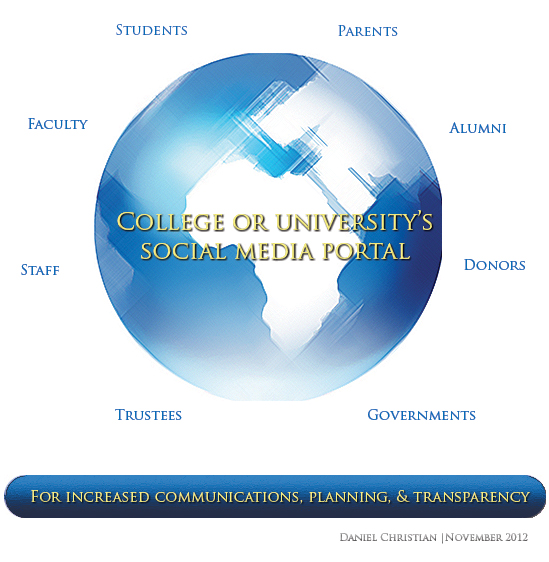
From DSC:
.
Could we use social media/tools in order to get input from all of the constituencies of a
college or university? Such input could be used to create innovative ideas,
establish buy-in, and build future strategic direction/vision.
What would that look like? Work like?
I wasn’t sure where to put the workplace here…but certainly that is also a key piece of our future.
.
Excerpts:
THE ISSUE IS NOT whether you are going to become a socially networked university but how soon.
…
Networks are the glue that connects us. No one works alone. It takes a team to get things done. No one learns alone either. Others show us the way, share their know-how, and help us make meaning of the world. We rely on colleagues and social networks to separate the signal from the noise; their advice makes our experiential learning productive. Collaboration is the key to success in both working and learning; they usually take place simultaneously.
…
Universities have a mandate. Most students, faculty, and administraters use social networks extensively outside of school. They will use them with your blessing or without it. Mobile devices route around IT; amateurs can bid software slaves do their will.
…
Universities will transmogrify into networked universities.
The intersection of innovation and faith — from fastcoexist.com by Morgan Clendaniel
Religious organizations have historically been on the front-lines of doing good. How can they benefit from social innovation, and what can social innovation learn from them?
Introducing App Cloud Core – Build and Deploy Mobile Apps for Free
.
.
Also see:
Also see:
- Brightcove PLAY is a global gathering of Brightcove customers, partners and industry leaders at the forefront of the digital media revolution. On June 25-27, hundreds of media companies, marketers and developers from around the world will convene in Boston for three action-packed days of hands-on learning, in-depth strategy sessions, next-generation product demos, all-star keynotes, and networking.
The new workplace — from internettime.com by Jay Cross
Excerpt (emphasis by DSC):
Six years ago few people believed that informal learning made much of a difference. Today’s common wisdom is that most workplace learning is experiential, unplanned, social, and informal.
Informal learning tops many training department agendas. Companies are attracted by the low price tag. However, few of them are doing much systematically. They’ve converted a few programs but they’ve failed to improve their learning ecosystems.
We’ve shifted how we think about learning since the Informal Learning book came out. It’s a new ball game and we need to play by new rules. Consider what’s changed…
From DSC:
If this is the case, what could/should that mean for those of us working within higher education?









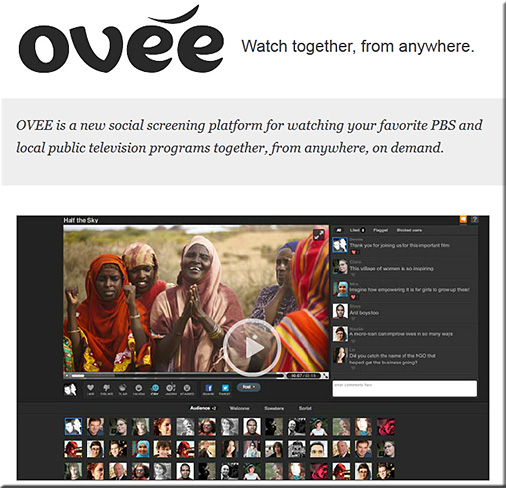
![The Living [Class] Room -- by Daniel Christian -- July 2012 -- a second device used in conjunction with a Smart/Connected TV](http://danielschristian.com/learning-ecosystems/wp-content/uploads/2012/07/The-Living-Class-Room-Daniel-S-Christian-July-2012.jpg)

